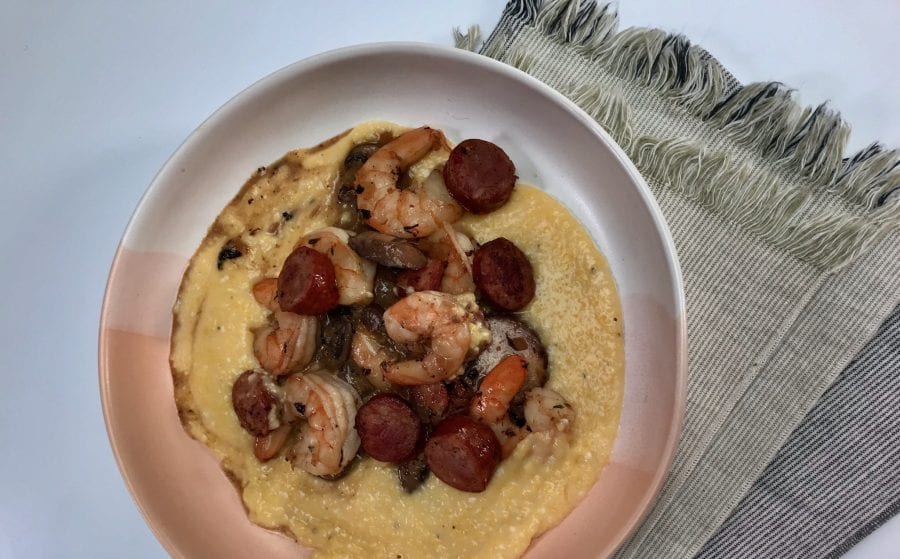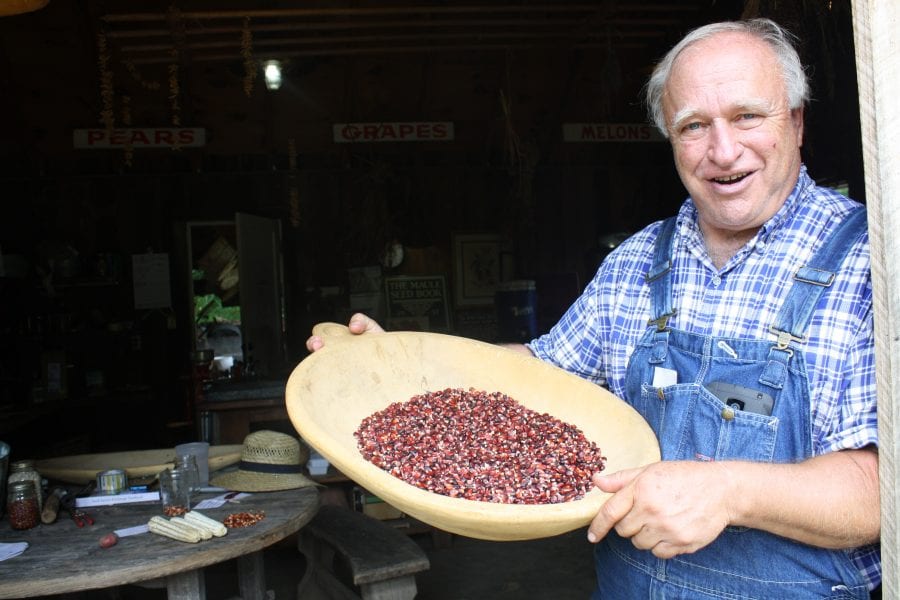Digging Deep on Storied Dishes

Erin Byers Murray is a Nashville-based author, food journalist, and magazine editor. She started her career in Boston, working for various publication before taking a two-year break to get her hands dirty working on an oyster farm. The result was her first book Shucked: Life on a New England Oyster Farm. Later, she co-authored a James Beard-nominated cookbook with Boston chef Jeremy Sewall called The New England Kitchen. Since moving to Nashville, she’s been the editor, and now editor-at-large of Nashville Lifestyles magazine, where she covers food, culture, and people. Her award-winning writing has been featured in many national publications. Her latest book, Grits: A Cultural and Culinary Journey Through the South was released in 2018.
We caught up with Erin to learn more about her latest cookbook, talk about her experience writing it, and share her advice for creating your own.
TLP: What inspired you to set down the path of researching a book on Southern food?
EBM: I was born in the South (Augusta, Georgia) but then spent a lot of my adult life living away from the region. When I returned to live in Nashville in 2012, I was interested in digging deep into Southern food to better understand and rediscover the region. As a food writer, I use food as a lens to explore life and culture. I knew that working on a book that was focused on a particularly Southern dish would open up so many windows of learning. The decision to write about grits was an easy one—it was the dish we always ate when we came to visit our family in the South. I had so many questions about the history of the dish and what made it so popular in this particular region. By digging deep into that dish, I uncovered stories of race, gender, politics, and culture—so much more than I ever imagined when I set out to do my research.
TLP: What is your cooking style and some of your favorite dishes to make?
EBM: I tend to aim for super simple dishes that I can easily pull together for my family on weeknights—but weekends are for project cooking. Smoking a pork shoulder, making cassoulet. And, of course, weekends are also for grits.

TLP: What role does locality of ingredients play in your dishes?
EBM: We try hard to fill our shelves with local ingredients, especially meat and produce—we like to get our beef from Bear Creek Farm in Nashville and our veggies from farmer’s markets and locally focused markets like Turnip Truck. We like to pick up Tennessee grits from Beaverdam Creek Farm & Mill.
TLP: If there is one recipe or ingredient that you could say sets the theme of your cookbook, which would it be?
EBM: Well, obviously I have a passion for grits. And there are so many varieties out there. We’ve found that trying a number of types of grits allows us to explore regional differences. It might blue grits from Geechie Boy Mill on Edisto Island, South Carolina, or white grits from Weisenberger Mill in Midway, Kentucky. You can taste the nuances in each. As I learned in my research, even grits can express terroir.

TLP: What advice do you have for getting started in taking a deep dive into a single-ingredient non-fiction narrative?
EBM: The research for grits took me down roads I never expected—my main piece of advice would be to remain willing to follow every path the dish or ingredient takes you down. Today, especially, ingredients can reveal such rich and sometimes untold stories of our past. Be willing to get the complete picture.
TLP: What are some of your favorite cookbooks and authors that have inspired your work?
EBM: I have learned so much from authors Edna Lewis, Bill Neal, and John Egerton. Their recipes and stories have given me a foundation of knowledge and understanding of Southern food. I turn to their books again and again, during research and for everyday cooking.
TLP: What has been the biggest challenge you weren’t anticipating?
EBM: One of my biggest challenges came when it was time to market the book. There was PR support from my publisher but I found that most of the push for press came from my own efforts and contacts. I thought about hiring an outside publicist but decided against it, mostly due to the costs involved. Instead, it took a lot of my time and follow through to get the book placed in media outlets—which was a huge investment of personal resources. While I’m very happy and pleased with the coverage the book received, I still wonder if an outside publicist could have helped push the book into more national outlets.
TLP: How much time does one need to have to write a book? How long did it take you?
EBM: From the very first conversation I had with my editor until the book was released, Grits was a three-year project, which is probably about average for a heavily researched non-fiction narrative. Cookbooks may take less time than that.
share
trending content
-
Exploring Mississippi: A Quintessential Southern Experience
-
Recipes From Our Summer Issue
by TLP Editors -
Elevate Your AWESOME with an Alpharetta Music Getaway
by TLP's Partners -
9 Noteworthy Tennessee Restaurants | Listen
by Margaret Littman -
Outdoor Adventure and Historic Charm Awaits in St. Martin Parish
by TLP's Partners
More From In the Field
-
From Pop-Up To Brick-and-Mortar | Listen
-
The Return of the Lynnhaven Oyster | Listen
-
What’s On the Horizon for 2024
-
Sorelle: La Dolce Vita in Vogue
-
Keya and Co. Turning Sadness into Sugar





